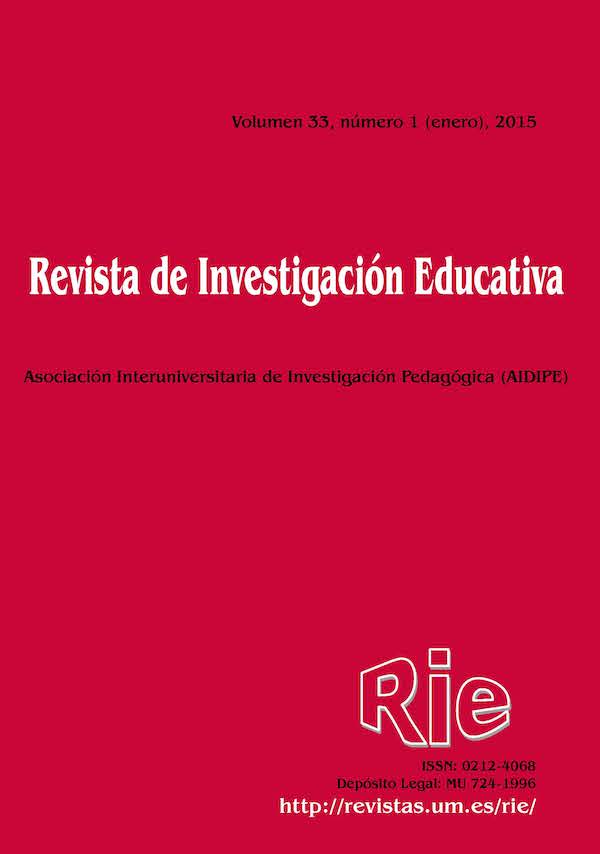New trends and scenarios in tertiary education
Abstract
Universities are constantly changing, but some global trends are likely to alter the higher education scenario as we know it, and pose a challenge to universities if they are to adapt to a new reality. This paper focuses on some of those major trends. More specifically, it deals with the nature, characteristics and foreseeable consequences of the following five trends: renewal of a demand for teaching, educational models and qualifications; increase in educational opportunities and in transnational education and internationalisation; consolidation of new cooperation and competence schemes at university; emergence of digital education; and transformation of financing and organisation schemes and the need for efficient management. The second part of the paper reflects upon the current situation and some of the problems Spanish universities are facing, and puts forward a number of proposals for Spanish higher education aimed at promoting a reform and an adjustment to global trends.Downloads
-
Abstract4520
-
PDF (Español (España))3148
The articles and scientific documents published in RIE abide the following conditions:
1. The Servicio de Publicaciones de la Universidad de Murcia (the publisher) has the property rights (copyright) of all the documents published and allows the reuse under the user’s license indicated in point 2.
2. All documents are published in the digital edition of RIE under a Creative Commons Reconocimiento-NoComercial-SinObraDerivada 4.0 Internacional. (legal document) license. These documents can be copied, used, distributed, communicated and explained publicly if: i) the author(s) and its original source of publishing (magazine, publisher and URL of the document) are cited; ii) it is not used for commercial purpose; iii) the existence and the specifications about this license are mentioned.
3. Auto-archive’s conditions. The authors are allowed and encouraged to digitally distribute the pre-print versions (a version before evaluation) and/or post-print (a version that it is already evaluated and accepted to its publication). This promotes circulation and distribution earlier and can increase the citations and significance within the academic community.









